Explaining the “Brazilian Churrasco” to US Americans
Today is Fourth of July, the day we celebrate Independence Day, usually by lighting up the grill and inviting family and friends to a backyard barbecue.
(if you are Brazilian, you should read this post instead).
I was born in Brazil, another country where eating meat is an important piece of the diet and cultural identity. Having lived in California for 20 years and spent some time in Australia (another country with BBQ credentials) and Alabama (where “BBQ” means something very different), I have seen many cultural misunderstandings when it comes to eating beef.
So, before heading out to the Fourth of July BBQ, I sat down this morning to write about the American way of eating beef for Brazilians. After publishing that article, I realized it would be fun to do the reverse and try to explain the Brazilian way of eating beef for my American friends.
In the past years, “Brazilian Steak Houses” or Churrascarias became very popular in the US. If you open an airline magazine, more than half of the advertisements are for those relatively expensive dining experiences.
First, the Beef
Brazilian cattle have more “Zebu” (original from India) in its genes. American beef has more “Taurine” (from Europe). US cattle is raised confined and “grain-fed”, not eating grass in an open pasture as designed by nature.
As a result, American beef is fattier and tenderer than natural beef you would find South of the Equator. In fact, the USDA classification of beef assumes “marbling” (fat deposits within the meat – side-effect of corn feeding) as an indication more desirable beef.
The way we cut beef is also different. The most popular cut for grilling in Brazil is “Picanha” (which is a piece of Top Sirloin), which in the US is hard to find because it gets separated and mixed with other cuts of beef. The closest you will find in a typical US supermarket of what Brazilians would consider a good piece of beef for grilling is Sirloin or Tri-Tip.
Steak house cuts (Rib Eye, NY Strip) are also popular in Brazil for everyday thin pan-fried steaks (the same steak you find in French Steak Frites), but not the most prized for grill cooking.
Churrasco and South America Pampas
A Churrascaria is a restaurant where servers dressed in Gaúcho attire walk around holding big pieces of beef on skewers and slicing them into mesmerized guest’s plates. It is “all-you-can-eat” meat, there is usually a good salad bar.
Eating at a churrascaria is an experience and, to a large degree, it is an authentic Brazilian experience.
“Churrasco” is meat cooked over an open flame, typically in very large pieces using very large skewers. It can also be used to describe beef cooked on a grill over coals (much like the barbecue).
Gaúchos (gah -oooo -chos) are the peoples in the South-American pampas (South of Brazil, Uruguay, Argentina), the South American “cowboys”. They eat a lot of beef and also drink Yerba Mate tea.
A Brazilian Barbecue
What should you expect if you visit Brazil and someone invites you for a barbecue (“churrasco”) in their backyard?
Churrascarias are a very specific type of restaurant and are not necessarily the way Brazilians eat beef most of the time.
A typical “barbecue” will not be very different from what I see in California: family and friends, beer and Caipirinha (Brazilian signature cocktail made of cachaça, lime, sugar), a charcoal grill.
There might be other types of meat (chicken, sausages are common), but the star of the grill will be pieces of “Picanha” (top sirloin). Brazilian churrasqueiros will argue about the “right way” of grilling it, but most will agree on the following:
– Cut the piece of Top Sirloin (you can improvise with Tri-tip as well) in very thick steaks (leave the outside layer of fat on)
– Season it right before going to the grill with lots of coarse rock salt
– Grill it over charcoal until medium rare then cut in smaller byte-size pieces on a plate
– You can use your hands. Some like to dunk the morsel of meat in cassava flour before eating it.
Ok, need to leave or I’ll be late for Fourth of July barbecue.

Leave a Reply